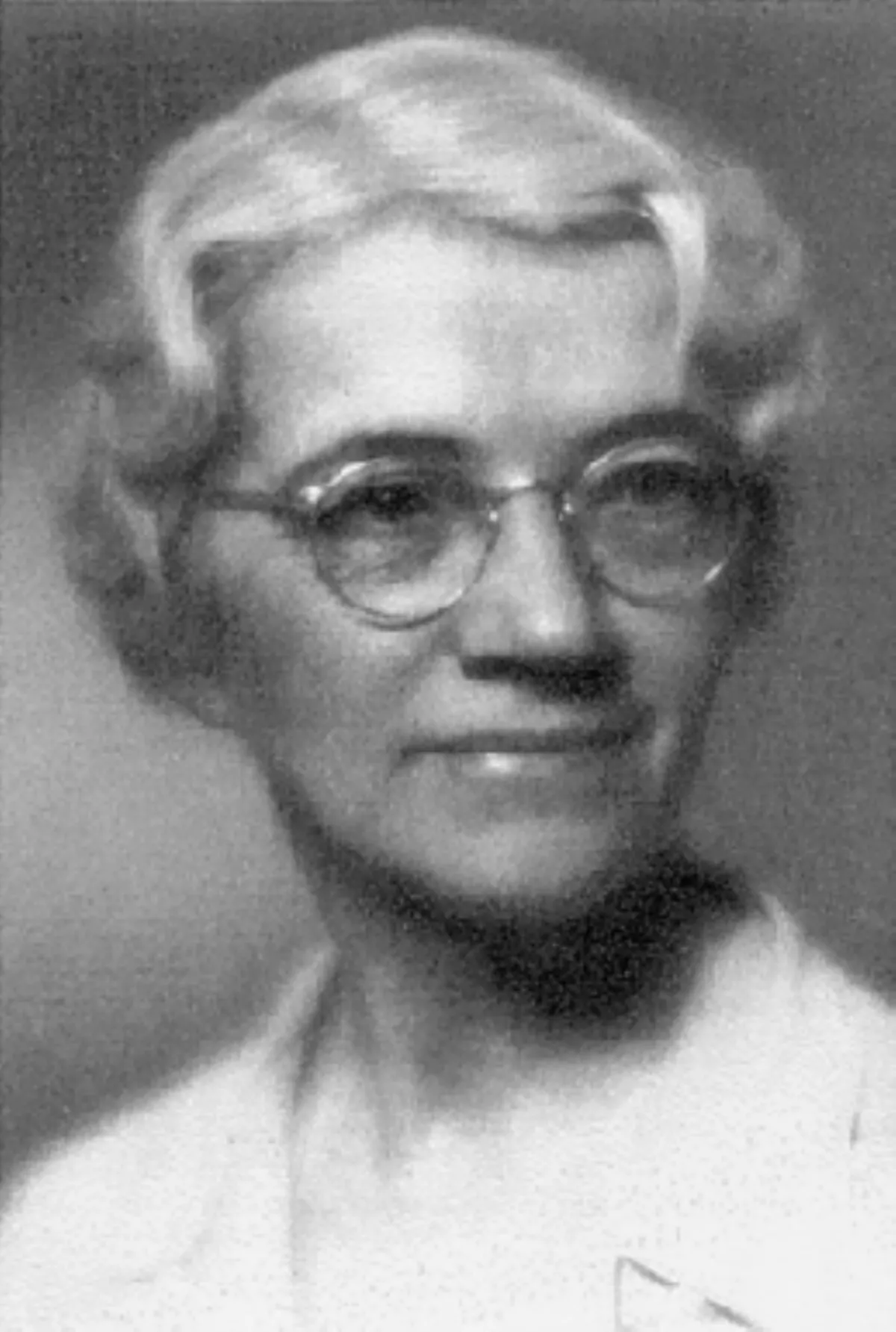 1.
1. Helen Tracy Parsons was an American biochemist and nutritionist chiefly known for her early work in vitamin B Parsons developed an interest in biochemistry and nutrition at the University of Wisconsin-Madision, where she was a graduate student under Elmer McCollum.